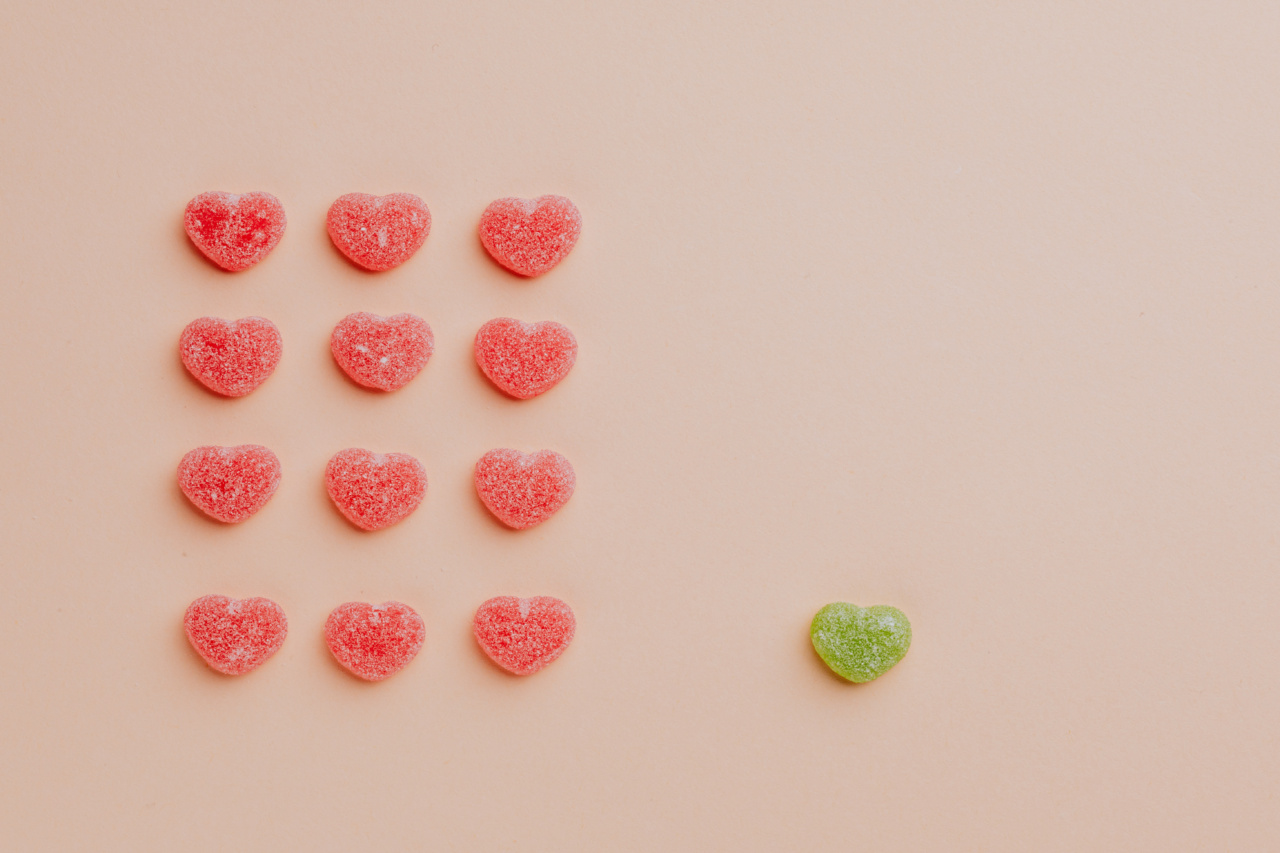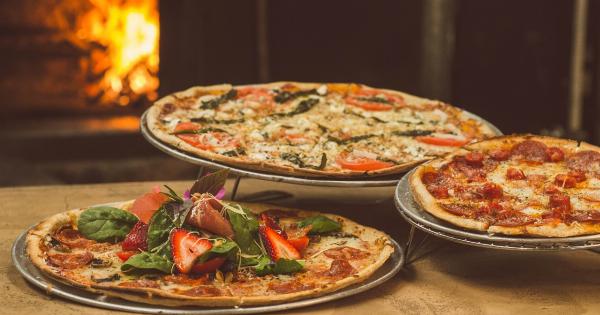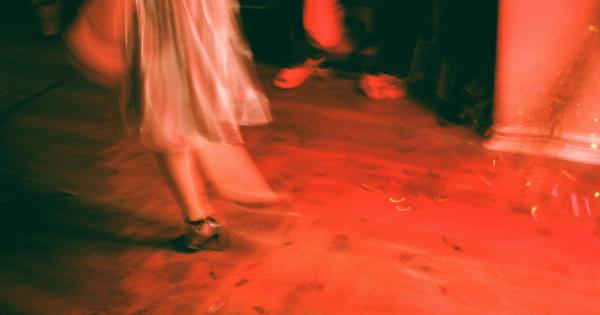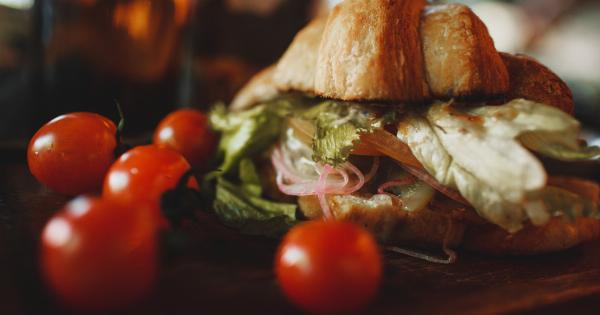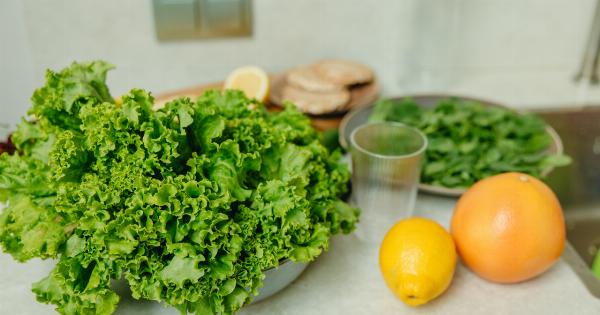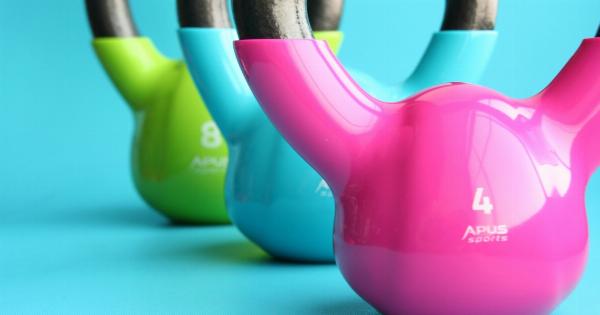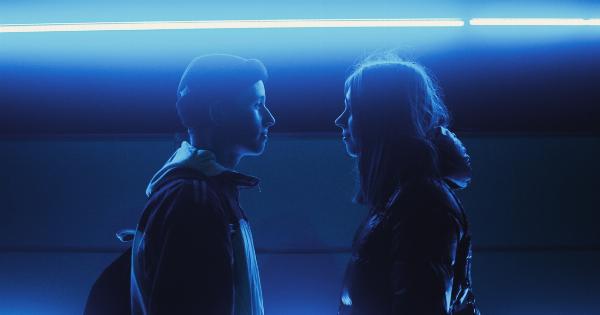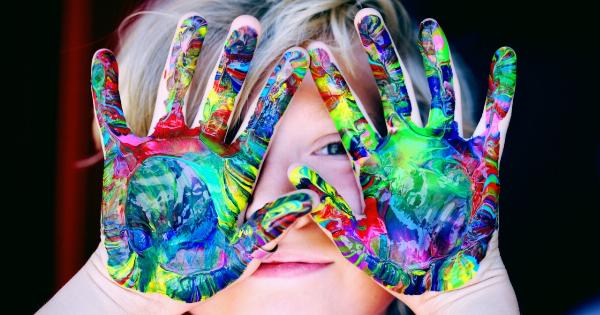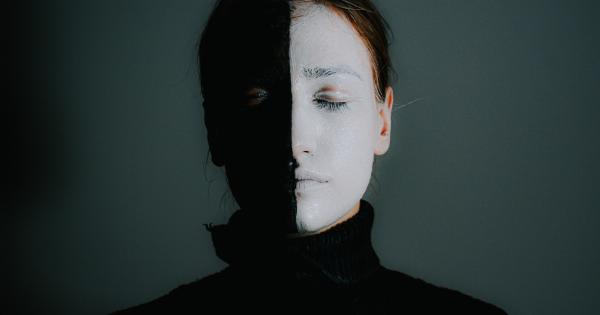Food is not just about taste; it is also a visually stimulating experience. When we see a plate filled with colorful fruits and vegetables or a beautifully plated dish, it enhances our appetite and makes our mouths water.
But did you know that color and shape can actually affect the flavor of the food we eat? Let’s explore how these visual cues play a role in our perception of taste.
Color Psychology and Food
Color psychology is the study of how colors can influence human behavior and emotions. Several studies have shown that color has a profound impact on our perception of taste and flavor.
For example, red is associated with sweetness, while green is often linked to freshness. When it comes to food, color can create expectations and affect our taste buds.
Have you ever noticed how brightly colored candies taste different from those that are colorless? This is no coincidence. Food manufacturers often use artificial colors to enhance the perception of flavor.
Red candies, for instance, may taste sweeter than their non-colored counterparts, even if the actual flavor remains the same. Similarly, yellow foods are often associated with a lemon or citrus flavor, even if no citrus ingredients are present. These associations have been deeply ingrained in our minds through marketing and conditioning.
The Influence of Shape on Flavor Perception
Shape also plays a crucial role in how we perceive food. Research suggests that we associate certain shapes with specific taste experiences.
For instance, rounded or curved shapes are often linked to sweetness, while angular shapes are associated with bitterness or sourness. This is known as crossmodal perception, where one sensory experience influences another.
Consider the example of different chocolate truffles. When presented with a square-shaped truffle and a rounded truffle of the same flavor, people often report that the rounded one tastes sweeter.
This is because the shape of the truffle subconsciously influences our expectations and perception of taste.
Restaurants and food manufacturers are well aware of this phenomenon and use it to their advantage. They carefully design their dishes and products to visually enhance the desired taste experience.
A beautifully plated dessert, for instance, can make it taste even more delicious simply because of its presentation.
The Role of Visual Contrast
Visual contrast is another aspect that affects our perception of flavor. When different colors and shapes are presented together, it can enhance the overall flavor experience.
Imagine a salad with a mix of vibrant greens, juicy red tomatoes, and creamy white cheese. The variety of colors and textures not only creates an appealing visual display but also enhances the taste.
Studies have shown that the more visually appealing a dish is, the more we enjoy and savor its flavors. Chefs often use contrasting colors and textures to awaken the senses and create a harmonious dining experience.
This is why you may find colorful garnishes and contrasting sauces on a plate of food at a fancy restaurant.
How to Use Color and Shape to Enhance Your Meals
Now that we understand the impact of color and shape on flavor perception, we can apply this knowledge to our own meals. Here are a few tips on how to use color and shape to enhance your dining experience:.
1. Play with presentation
Experiment with different ways of plating your meals. Consider the colors and shapes of the ingredients you are using and how they can complement each other. Try arranging your food in an aesthetically pleasing manner to make it more visually appealing.
2. Use colorful ingredients
Incorporate a variety of colorful fruits and vegetables into your dishes. Not only will this enhance the visual appeal, but it will also provide a wide range of nutrients and flavors.
3. Create contrast
Use contrasting colors and textures in your meals. Pair crunchy vegetables with creamy sauces or add a pop of color with a vibrant sauce or garnish.
4. Consider the dishware
The color and shape of the plate or bowl you serve your food on can also influence perception. Choose dishware that complements the colors and shapes of your ingredients.
Conclusion
Color and shape are not just superficial aspects of food; they have a significant impact on our perception of taste and flavor. Understanding how these visual cues affect our experience can help us create more enjoyable and satisfying meals.
By playing with presentation and incorporating a variety of vibrant colors and shapes, we can elevate our dining experience and truly nourish our senses.
